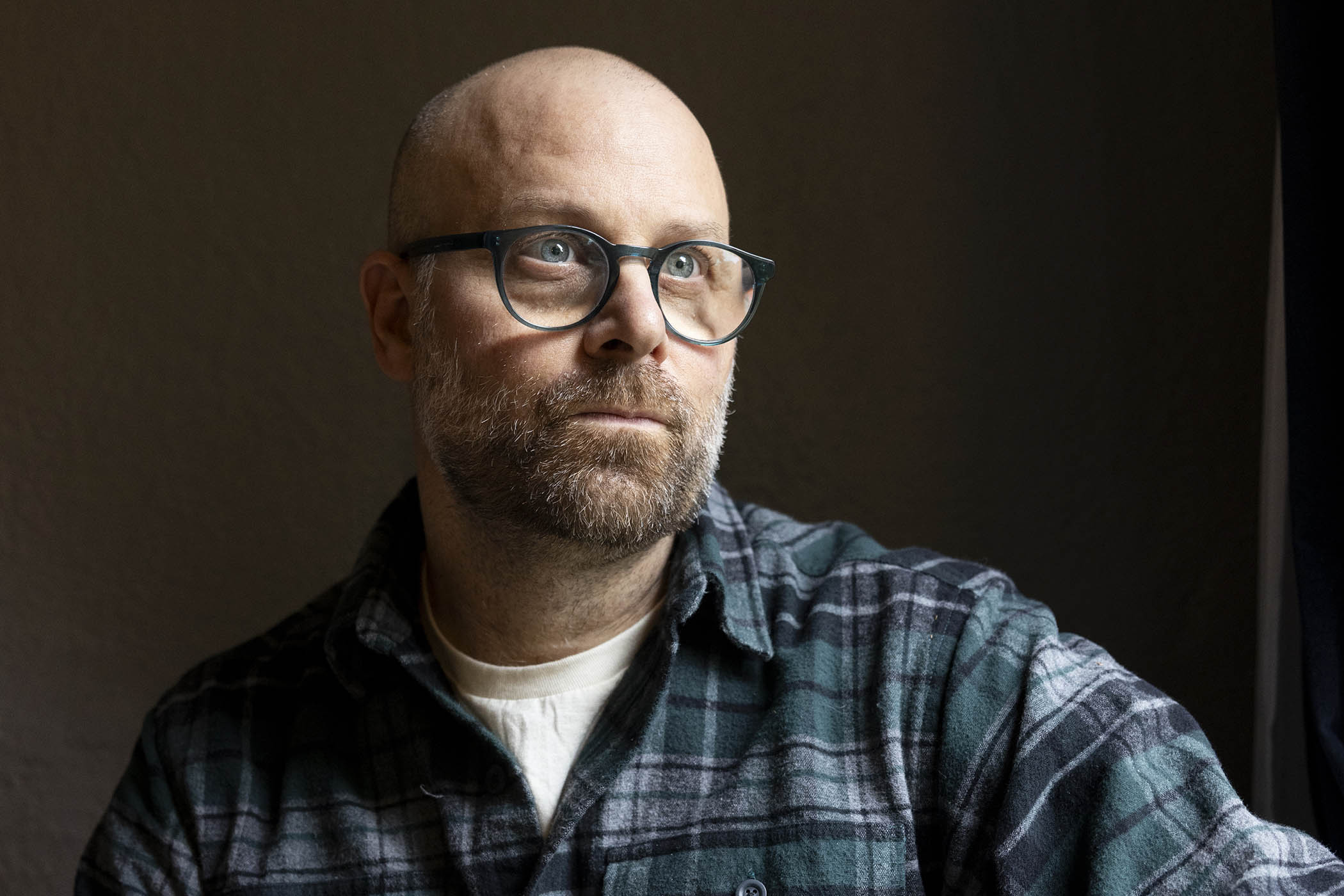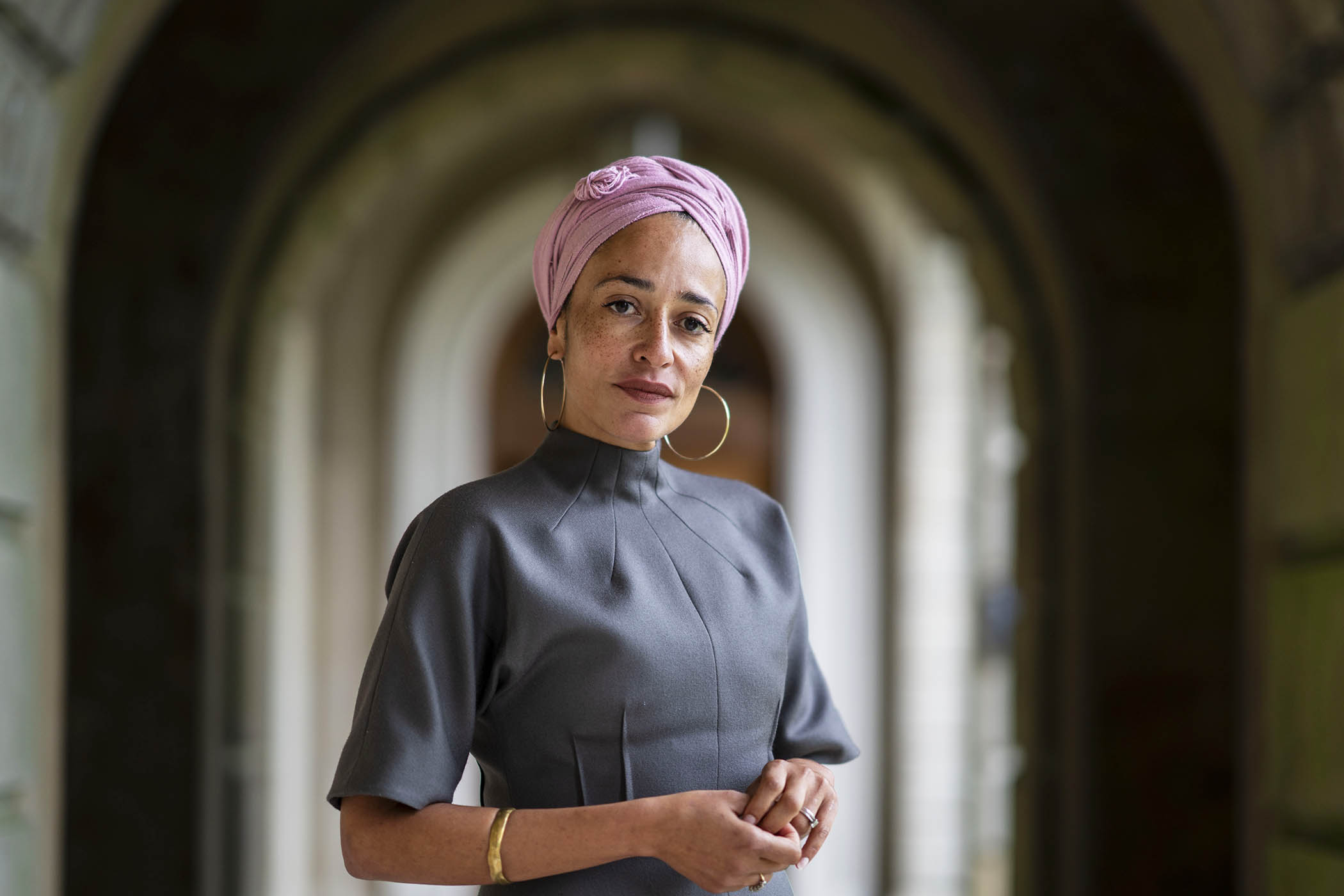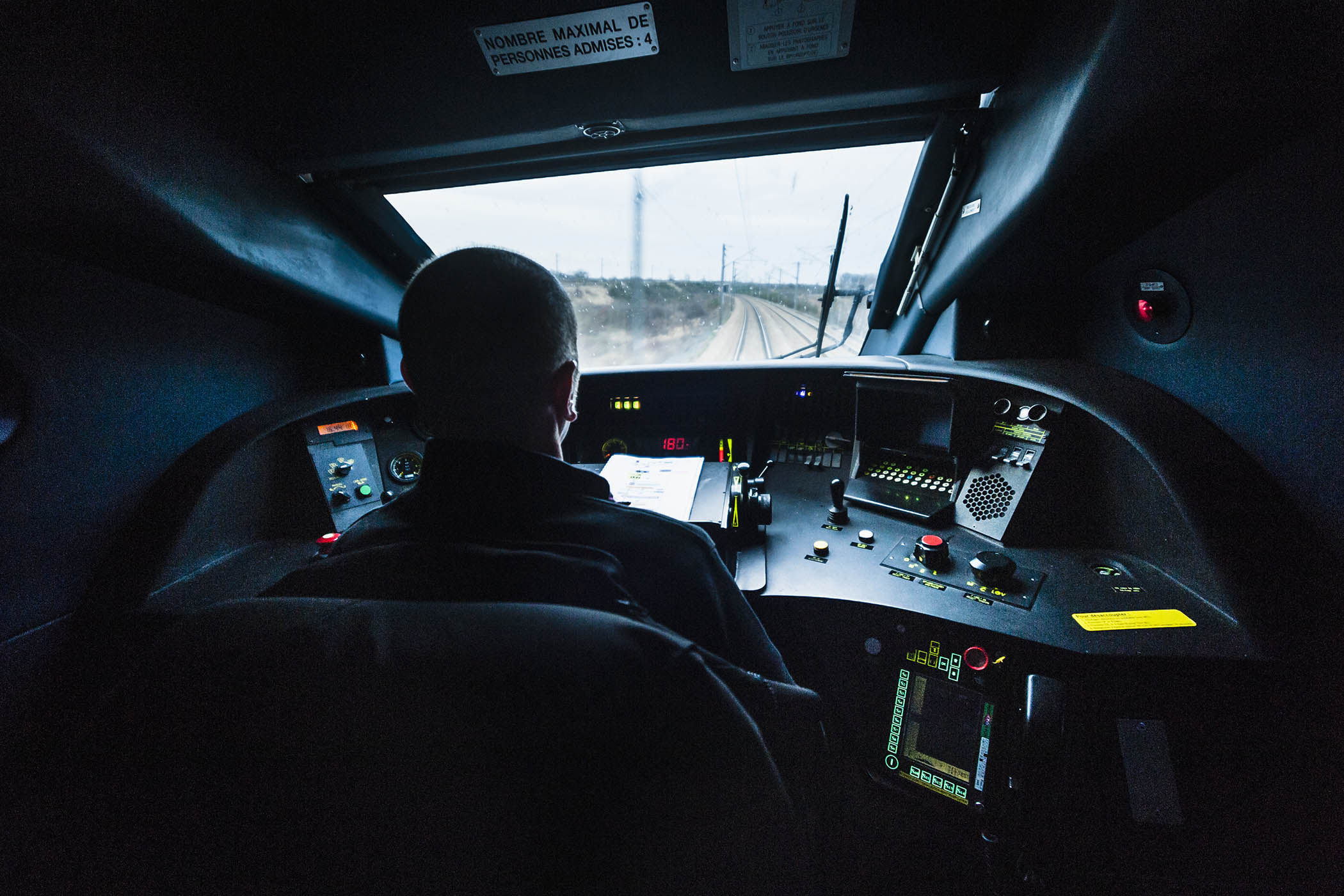
The author discusses growing up Jewish in the Netherlands, losing herself in The Secret Garden, and being thankful to her family for skipping over her novel’s sex scenes
Photograph by Judith Jockel
Born in Israel in 1987 to a Jewish mother of Romanian and Bulgarian heritage and a (non-Jewish) Dutch father, Yael van der Wouden moved with her family to the Netherlands at the age of 10. Her novel, The Safekeep, out in paperback this week, was shortlisted for the 2024 Booker prize and is on the shortlist for this year’s Women’s prize and Dylan Thomas prize. A remarkably assured debut, described by the Booker judges as “a quietly devastating queer love story which reveals itself to be a story of the Holocaust”, it is set in the Netherlands in the postwar years and portrays a society in denial, where no one mentions the war, or that 75% of the Jewish population were deported and killed by the Nazis. Those who survived returned to a country that failed to acknowledge their losses and sometimes even their existence.
What sparked the novel?
In 2021, two of my grandparents passed away within the same week. I was in a car driving between their funerals when this premise came to me of a woman living quietly in a house by herself, tending her garden, then a stranger arrives and upends her world and everything she thought she knew. I think I was trying to look for an escape, as one does, and my form of escape has always been, since I was a child, to create stories in my head.
How important was it to you to explore the way the Netherlands treated its Jewish population during and after the war?
I have read so many stories about this period and about the Holocaust that are written from the perspective of victimhood. I wanted to explore questions around complicity and how easily people might become perpetrators. I wanted to look at how we remember and what we choose to forget, which narratives we prioritise and which ones we ignore. It’s something I have spent a long time thinking about as a teacher of comparative literature [at the universities of Utrecht and Maastricht]: how do you create fiction that forms a national understanding of what happened?
Your protagonist, Isabel, is at first quite hard to like – uptight, snobbish, angry and prejudiced. How did you go about creating her?
I had enormous fun! I took great joy in making Isabel neurotic and repressed because I could see the insidious pleasure I would have in cracking her open and seeing to what degree I could change her understanding of the world. I wanted to know: can I turn her upside down, shake her, and see what comes out?
There’s a sweet and funny line in your acknowledgments where you thank your family for not reading the chapters featuring the highly charged sex scenes between Isabel and Eva. Were they daunting to write?
No more so than the rest of the book, really, because you can’t write sex scenes in isolation. They feel the way they do because of everything that leads up to them, so I tried to imbue the whole novel with erotic tension and to give every interaction between the characters an erotic underlayer. It’s tempting as a writer to lean into the comic aspects of sex – bodies are funny – but I treated it with complete seriousness, in line with how the characters felt about it. I also wanted to play with the readers’ sense of being a voyeur, to make them feel a certain discomfort.
The house at the centre of the story is almost a character in itself. Is it based on a family home from your childhood?
Partly on my grandparents’ home in the Netherlands, which felt magical to me when we first moved here. I had only lived in apartments before and it was in the middle of the forest, with a huge garden, and there were secret nooks and cupboards that you were not allowed to open because there were biscuits and candy in there. Wonderful.
What are your other memories of moving to the Netherlands as a child?
It was a huge contrast. I grew up going to a hippie school near Tel Aviv not ever having to question being Jewish. And then I came to the Netherlands, and not only was I made to question it, I had to explain it, because people were like, oh, you’re Jewish, what are you doing here? Sometimes it was just sheer curiosity and could be quite funny. But sometimes it was a boy carving a swastika into your locker and then it was less fun.
What sort of reader were you as a child?
I was not a reader at all. I was a big television and movie watcher. My parents are film animators and we had every single animated film ever made by Walt Disney, Warner Bros, Pixar. There was a big focus on how these animations were put together. I learned you have to think ahead about what you want the little figure to do. You have to prepare beforehand. You have to storyboard.
‘I tried to give every interaction an erotic underlayer’
What’s the first book you remember reading?
The Secret Garden. I recognised myself in it straight away. I think you feel so unacknowledged as a pre-teen and teen that to find a story mimicking your experience so exactly is magical. That really set me off as a reader.
Why do you write?
I think most writers are control freaks. There’s an incredible sense of relief in being able to write, where you get to be not just the director, but also the cinematographer, the set designer. You get to be everything. You get to create a terrible character like Isabel and still make her worthy of love. You can create disaster, and then you can fix it. It is just the best sandbox I’ve ever found.
What do you need in order to write?
My secret is, I outline like a mad woman. In advance of writing a novel, I create this very detailed scaffolding. I have the scenes planned out. I have bits of dialogue ready before I start a chapter and a bullet point list of everything that needs to happen in that chapter, in what order. So everything is ready and it’s just a question of putting it all together.
What have you been reading lately?
All the novels on the Women’s prize shortlist! Otherwise, I wouldn’t be able to show my face at the awards ceremony this week [12 June].
The Safekeep is published by Penguin on 12 June (£9.99). Pre-order a copy from observershop.co.uk to receive a special 20% launch offer (ends 11 June). Delivery charges may apply



